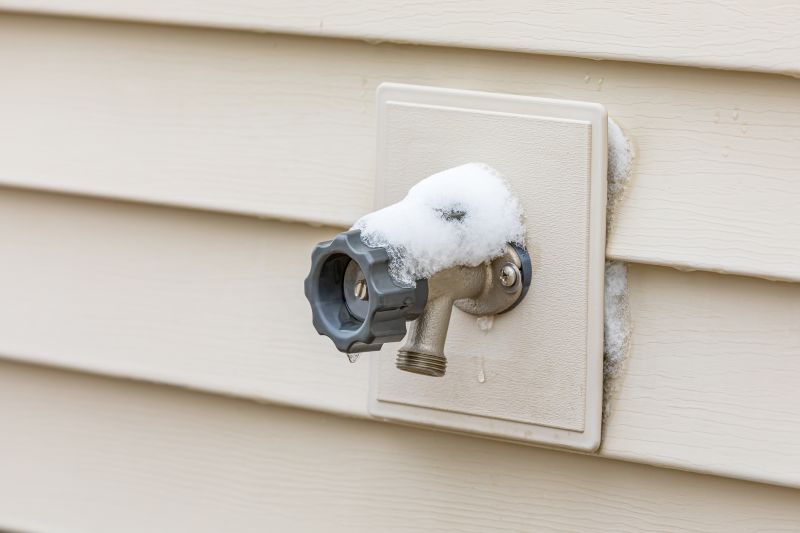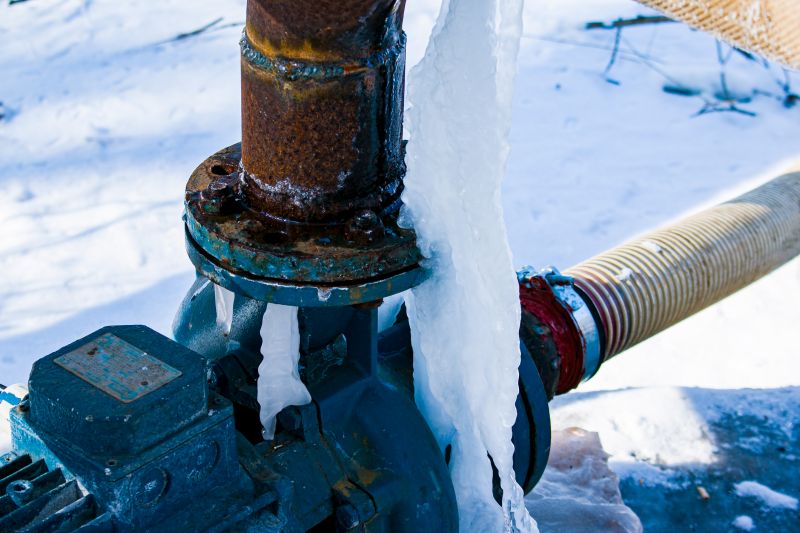Optimal Timing for Winterizing Services
Timing for winterizing services is crucial to ensure protection against freezing temperatures and prevent damage to plumbing, irrigation systems, and outdoor equipment. Typically, the optimal window is before the first hard freeze, which varies by region but generally occurs when temperatures consistently fall below freezing during the night.
Scheduling winterizing services in early fall helps prevent damage from unexpected early freezes and provides ample time for thorough preparation.
The best time is usually a few weeks before the first expected frost, allowing for complete system draining and insulation.
Late fall, just before temperatures drop significantly, is ideal to ensure systems are protected during the coldest months.
In colder regions, winterizing should occur earlier, while milder climates may allow for later scheduling.

Preparation involves draining and insulating outdoor systems to prevent freeze damage.

Proper timing ensures systems are protected before temperatures drop below freezing.

Scheduling early allows for complete system checks and proper winterization procedures.

Ways to make Winterizing Service work in tight or awkward layouts.

Popular materials for Winterizing Service and why they hold up over time.

Simple add-ons that improve Winterizing Service without blowing the budget.
| Region | Optimal Winterizing Timing |
|---|---|
| Northern States | Late September to early October |
| Midwest | Mid to late October |
| Southern States | Early to mid November |
| Mountain Areas | Late September to October |
| Coastal Regions | Mid October |
Winterizing services are essential for protecting plumbing, irrigation systems, and outdoor equipment from freeze damage. Proper timing minimizes the risk of burst pipes, damaged valves, and costly repairs in the spring. Seasonal weather patterns and regional climate differences influence the ideal window for winterization, making timely scheduling vital for effective protection.

Outdoor equipment is drained and insulated to withstand cold temperatures.

Proper drainage of irrigation and plumbing systems prevents ice formation.

Insulation is applied to vulnerable parts to protect against freezing.

Final inspections ensure all components are properly winterized.
Timely winterizing services contribute to the longevity and functionality of outdoor systems. Properly prepared systems are less likely to suffer freeze-related damage, reducing repair costs and downtime in the spring. Planning ahead and considering regional climate conditions are key factors in determining the best time for winterization.
Interested parties are encouraged to contact for more information or to schedule winterizing services to ensure outdoor systems are protected before the onset of cold weather.



